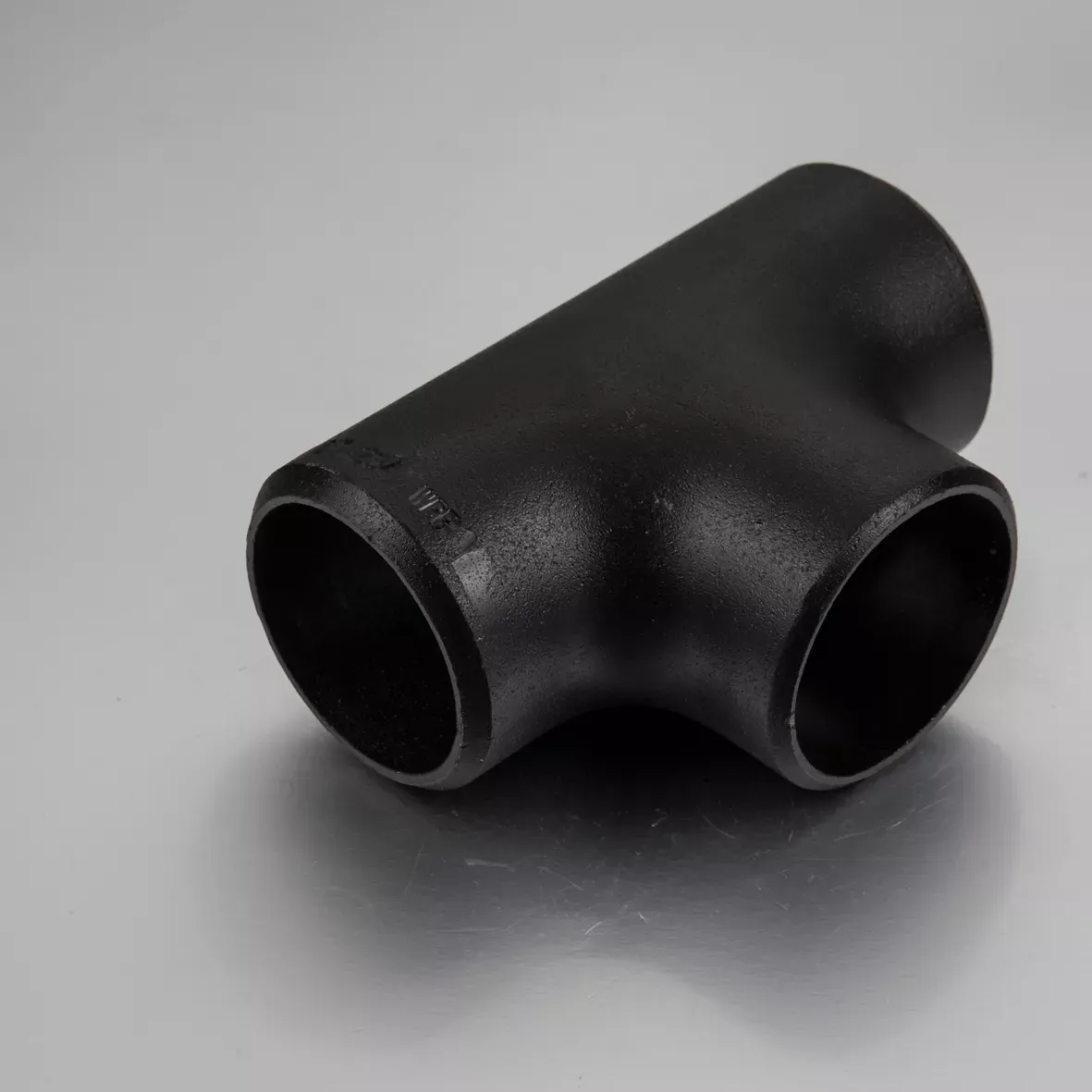-
Cangzhou Yulong Steel Co., Ltd.
-
Phone:
+86 13303177267 -
Email:
admin@ylsteelfittings.com
- English
- Arabic
- Italian
- Spanish
- Portuguese
- German
- kazakh
- Persian
- Greek
- French
- Russian
- Polish
- Thai
- Indonesian
- Vietnamese
- Zulu
- Korean
- Uzbek
- Hindi
- Serbian
- Malay
- Ukrainian
- Gujarati
- Haitian Creole
- hausa
- hawaiian
- Hebrew
- Miao
- Hungarian
- Icelandic
- igbo
- irish
- Japanese
- Javanese
- Kannada
- Khmer
- Rwandese
- Afrikaans
- Albanian
- Amharic
- Armenian
- Azerbaijani
- Basque
- Belarusian
- Bengali
- Bosnian
- Bulgarian
- Catalan
- Cebuano
- China
- China (Taiwan)
- Corsican
- Croatian
- Czech
- Danish
- Esperanto
- Estonian
- Finnish
- Frisian
- Galician
- Georgian
- Kurdish
- Kyrgyz
- Lao
- Latin
- Latvian
- Lithuanian
- Luxembourgish
- Macedonian
- Malgashi
- Malayalam
- Maltese
- Maori
- Marathi
- Mongolian
- Myanmar
- Nepali
- Norwegian
- Norwegian
- Occitan
- Pashto
- Dutch
- Punjabi
- Romanian
- Samoan
- Scottish Gaelic
- Sesotho
- Shona
- Sindhi
- Sinhala
- Slovak
- Slovenian
- Somali
- Sundanese
- Swahili
- Swedish
- Tagalog
- Tajik
- Tamil
- Tatar
- Telugu
- Turkish
- Turkmen
- Urdu
- Uighur
- Welsh
- Bantu
- Yiddish
- Yoruba

Aug . 11, 2024 17:18 Back to list
Exploring the Efficiency and Applications of Dredge and Slurry Pumps in Industrial Settings
Understanding Dredge Pumps and Slurry Pumps Key Components in Material Handling
In various industrial applications, the need for efficient transport of materials—especially in challenging environments—has led to the development of specialized pumping systems. Two such systems that have gained considerable attention in the mining, construction, and dredging industries are dredge pumps and slurry pumps. While these pumps share a common goal of moving materials, they are uniquely designed for specific applications and environments.
What is a Dredge Pump?
Dredge pumps are heavy-duty pumps primarily used in dredging operations. Their main function is to remove sediment, sand, silt, and debris from bodies of water, facilitating navigation and maintaining waterway depths. Dredge pumps are essential in port construction, river maintenance, and beach nourishment projects.
A typical dredge pump is equipped with a large-diameter suction inlet and a robust impeller designed to handle solids effectively. These pumps can operate at significant depths, extracting materials from underwater where conventional pumps may fail. Moreover, dredge pumps can be mounted on floating platforms or directly on dredging vessels, making them versatile for various applications. Their design considers not just the volume of material to be moved but also the type and size of the solids, ensuring optimal performance and durability.
The Role of Slurry Pumps
Slurry pumps, on the other hand, are engineered to transport a mixture of liquid and solid materials—known as slurry. This can include anything from mud and gravel to more abrasive and viscous materials found in mining operations. Slurry pumps are critical in the transfer of tailings, which are the by-products of mineral extraction processes.
dredge pump slurry pump

Unlike dredge pumps, slurry pumps are designed for specific concentration levels of solids in the liquid. They typically feature a thicker casing made from wear-resistant materials to withstand the abrasive nature of the slurries they handle. Slurry pumps can be submersible or installed above ground, depending on the specific requirements of the operation.
Key Differences and Applications
The primary distinction between dredge pumps and slurry pumps lies in their design and intended use. Dredge pumps are more robust and capable of handling larger solid particles typically found in dredging operations. In contrast, slurry pumps are engineered for high-efficiency handling of fine particles suspended in liquids.
In terms of applications, dredge pumps are predominantly utilized in marine and river environments, whereas slurry pumps find greater utility in mining, sewage treatment, and construction projects. Both pumps can be critical to the success of water management systems and material transport logistics, underscoring the importance of selecting the right pump for the specific task at hand.
Conclusion
In conclusion, dredge pumps and slurry pumps serve vital roles in the effective handling of materials across various industries. Understanding their functionalities, applications, and differences can help operators choose the right equipment to ensure efficient material movement and processing. As industries continue to evolve, the designs and technologies behind these pumping systems will undoubtedly advance, enhancing their efficiency and reliability in tackling the challenges of material transport in demanding environments. Whether for dredging rivers or moving slurry in mining, the importance of these pumps cannot be overstated, highlighting their role as indispensable tools in modern industrial operations.
Latest news
-
ANSI 150P SS304 SO FLANGE
NewsFeb.14,2025
-
ASTM A333GR6 STEEL PIPE
NewsJan.20,2025
-
ANSI B16.5 WELDING NECK FLANGE
NewsJan.15,2026
-
ANSI B16.5 SLIP-ON FLANGE
NewsApr.19,2024
-
SABS 1123 FLANGE
NewsJan.15,2025
-
DIN86044 PLATE FLANGE
NewsApr.19,2024
-
DIN2527 BLIND FLANGE
NewsApr.12,2024
-
JIS B2311 Butt-Welding Fittings LR/SR 45°/90° /180°Seamless/Weld
NewsApr.23,2024











